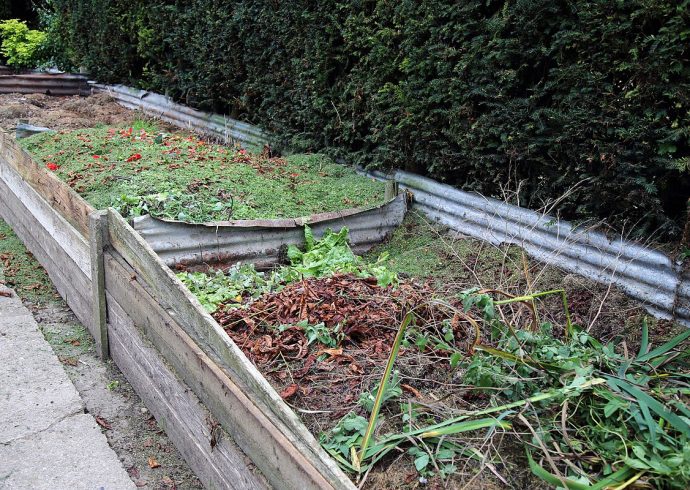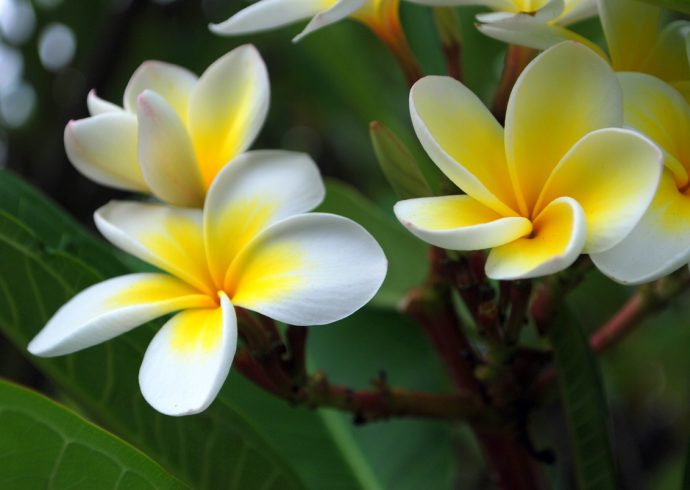
Waves of blue and white: A garden of impatiens and creeping phlox
For individuals who love to establish creative gardens, the combination of two contrasting floral genera can be very striking, especially if planted in rows shaped as waves. Imagine this ideal garden spot as having partial shade with the remaining portion in full sunlight. To make those floral waves come to life, select the flower combination of blue creeping phlox and white impatiens walleriana. Impatiens like partial shade to full sunlight, their iridescent petals resembling sugar sparkles, while the hardy creeping phlox thrives in full sunlight, their small sharp-edged flowers passing for cogs when twilight falls. The creeping phlox known as “Emerald Blue” is particularly attractive, although the more vibrant “Sherwood Purple” also stands out well against a row of white impatiens. Local butterflies will also be happy to see the creeping phlox for pollination.
Make sure the soil is well-drained before planting the flowers. Mark out two rows, two feet apart, where the impatiens and phlox are to be planted. Create the wave pattern using a stick or hand shovel, extending the length anywhere from six to eight feet long. For an eight-foot length, a maximum of four white impatiens walleriana plants, and three blue creeping phlox plants will be needed. Creeping phlox can be “trained” to grow in rows by regularly cutting back clumps that grow outside their desired perimeter. These clumps can also be planted in another part of the yard if desired.
Starting with the impatiens plants nearest to the shade, plant each one twelve inches apart along the wavy line made in the soil. After digging the hole deep enough for the plant, add some dry leaves to the soil mix; this organic matter will provide enrichment to encourage plant growth.
In front of the impatiens, plant the phlox, spacing each plant two feet apart. Water the plants once they are in the ground. Once they are established, creeping phlox can get by on season rains; during hot dry summers, they can be watered, but avoid overwatering. Impatiens, unlike creeping phlox, require fertilizer, in addition to a minimum of two inches of water per week in order to grow well. Impatiens can be deadheaded to encourage blossoms and can also be cut to fill a low vase.
Creeping phlox has few pests: mites can be treated with an organic insecticidal soap. If the soil and plants become too moist, powdery mildew will form on the flowers and evergreen foliage. Likewise, moistness can also affect impatiens, along with fungal blights, especially if the plants are exposed to chronic wetness or humidity. As for insects, aphids, mealybugs, spider mites, slugs will eat away at the flowers and foliage. Pesticides can be used on impatiens to keep the number of pests under control.
Image Credit: Raul654, CC BY-SA 3.0, via Wikimedia Commons.


